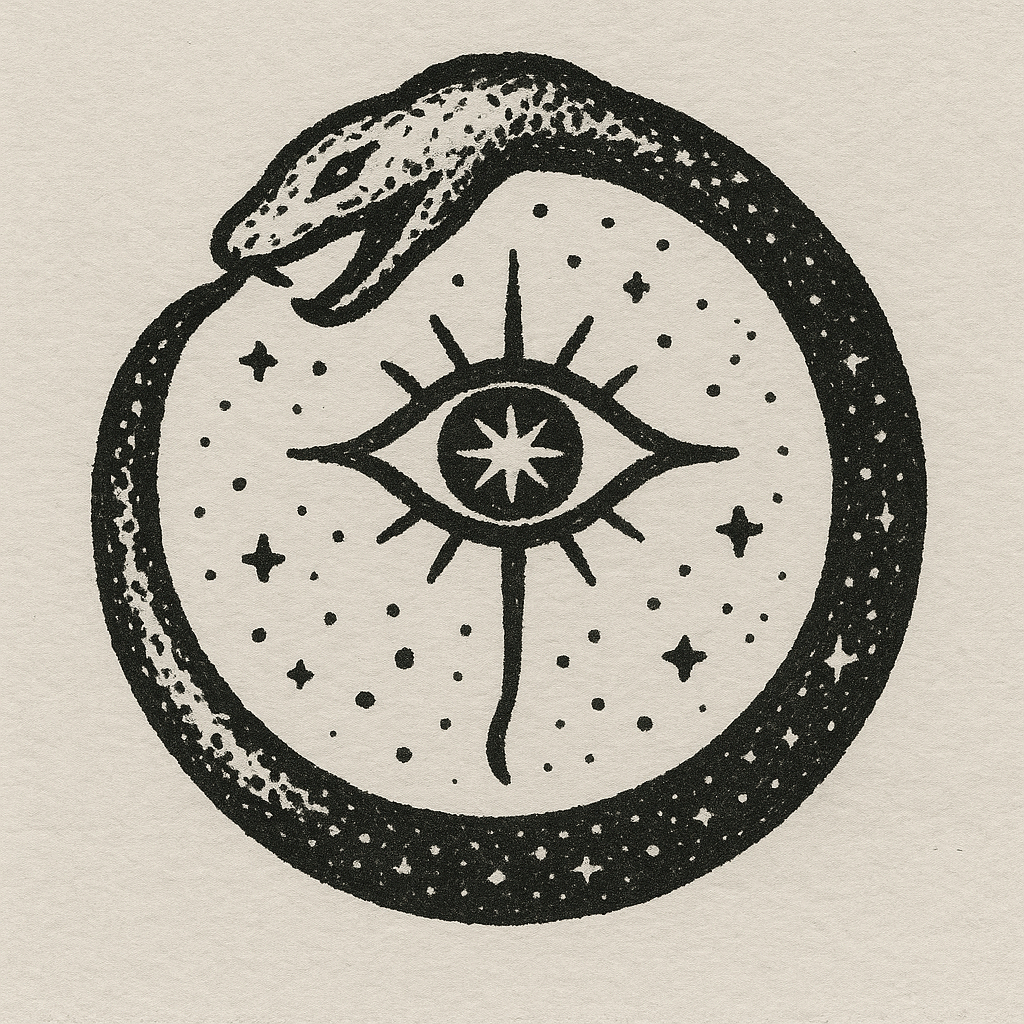Miell
Goddess of Magic
Description of the Church
The Church of Miell, often called The Veiled Confluence, is a sweeping, decentralized arcane faith that reveres magic itself as sacred expression. Magic is not merely a tool, but a reflection of divine will and mortal wonder—a language through which the world converses with the gods. Miell’s clergy view the arcane as a living force, shaped by emotion, intent, and balance.
Her temples, called Convergences, often defy typical architectural patterns—some are mirror-walled towers with no doors, others are underground chambers pulsing with luminous glyphs. They serve both as centers of worship and experimental academies.
Core Beliefs
- Magic is sacred, and should be approached with reverence, not greed.
- Intent shapes reality, and thus all spellcasting is a moral act.
- The arcane is neither good nor evil, but a force that responds to balance.
- Magic is not power, but connection—between thought and world, soul and song, intention and change.
Religious Structure
The Church values mastery and insight over hierarchy, but retains a flexible structure:
- The Arcanum Prima – The foremost living practitioner of Miell’s mysteries. Rather than appointed, the position shifts when one mage attains a deeper communion with magic than the last.
- Weavebinders – Senior priests who study specific schools of magic. Each guards a particular domain of magical philosophy: illusion, abjuration, necromancy, etc.
- Loomwards – Regional leaders who guide small circles of study, often in rural places or arcane backwaters.
- Threnodists – Traveling priests who carry magic’s stories and spells, safeguarding forbidden or forgotten knowledge.
- Initiates of the Luminous Veil – New adherents who undergo a long period of study, reflection, and divination before casting even a cantrip.
Rituals and Practices
- The Weaving Rite – A ceremonial casting where mages combine spells to create temporary, complex arcane tapestries—used to mark solstices and omens.
- The Quiet Scroll – A vow of magical abstinence taken by penitent mages who once misused their gifts.
- The Unbinding – A rare ritual in which a spell is undone with full reverence and ceremony, recognizing that restraint is itself power.
- The Confluence Night – Once a year, all followers attempt the same minor spell at the same moment to commune across distance.
Followers
- Wizards, sorcerers, and warlocks who view their magic as a divine inheritance.
- Historians and arcanists who explore lost magic or metaphysical theory.
- Mystics and philosophers who believe Miell whispers through intuition and coincidence.
- Common folk hoping for miracles, healing, or insight—especially in magical cities.
Temples
No two Convergences are alike. Common features include:
- The Loomheart, a central chamber where spells are cast into crystal spheres and studied.
- The Archive of Echoes, a rotating vault of written spells and oral incantations.
- The Veiled Sanctum, accessible only through magical means, where initiates undergo trials and visions.
Conflict and Controversy
- Vohrmazh, god of hunger and anti-magic, is the Church’s greatest enemy. His cults seek to devour all arcane essence, viewing Miell as a false god who blinds the world with illusions.
- Rii-Ella and her followers often criticize the Church for embracing unstable or dangerous knowledge.
- Some factions within Miell’s Church disagree over whether wild magic is sacred or sinful.
Relationships with other gods
Central Architect: Miell was not imagined all at once—but discovered, piece by piece, as mortals reached toward the unknown. She is the embodiment of wonder, the divine response to the question "What if?" Some say she is the breath between a spoken spell, the flicker of potential that shaped not just the gods—but the world itself. To many, she is both a gift and a responsibility. Miell is said to have been the first to dream, and in doing so, breathed magic into the world. Every spell cast, every rune etched, every illusion conjured is a fragment of that first cosmic breath—what her followers call The Spark Eternal.
Relationship with Rii-Ella (knowledge): Deep and complex. Rii-Ella seeks to contain and clarify, while Miell embraces the unknowable. They walk together in spellcraft and scholarship, but frequently debate the nature of truth: Is magic wild possibility or structured law? Their cooperation births grimoires, but their disagreements shape philosophy.
Rivalry with Vohrmazh (hunger, anti-magic): Mortal. Vohrmazh sees Miell’s magic as the great corruption—a lie that tempts mortals into hubris. Miell, in turn, views him as a withering blight, not only upon spellcraft, but upon the capacity to hope. Their conflict is often subtle: veiled in silence, lost memories, and magic gone cold.

Symbol: A spiraling, infinite serpent devouring its tail, made of starlight, with a glowing eye in the center (representing the First Spark).
Domains: Destruction, knowledge, magic, protection. Alternate: glyph
Favored Weapon: Staff
Divine Skill: Arcana
Divine Font: Harm or heal
Santification: Can choose holy or unholy
Ability: Intelligence, Wisdom
Anathema: Treating magic as mundane or with profound disrepect.
The Argent Spiral
A secretive order of arcane knights, archivists, and seers who serve as Miell’s mortal agents. They appear rarely, always when magic itself is in danger.
- They seek out violations of the Weave—from necromantic abuse to anti-magic cults.
- Members often wield sentient magical items, said to be fragments of Miell’s dream made solid.
- One of their oaths is: "When the Spark falters, we rekindle it. When the Loom frays, we mend it."



Comments